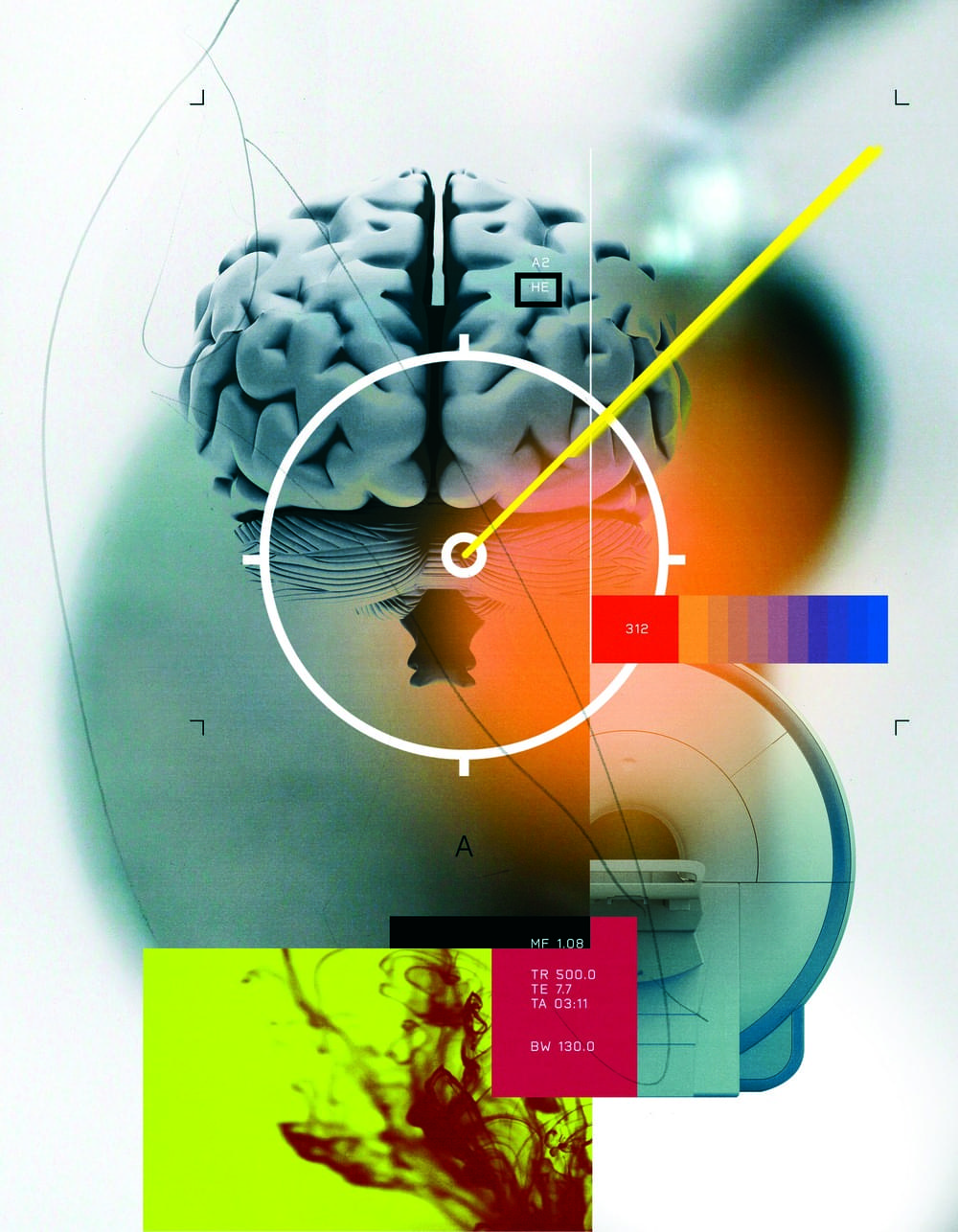Statues of famous and noteworthy people are a usual sight in a city or town, but one particular statue of Nikola Tesla in Palo Alto, California, in the heart of Silicon Valley, doesn’t just stand there and do nothing. It emits free Wi-Fi.


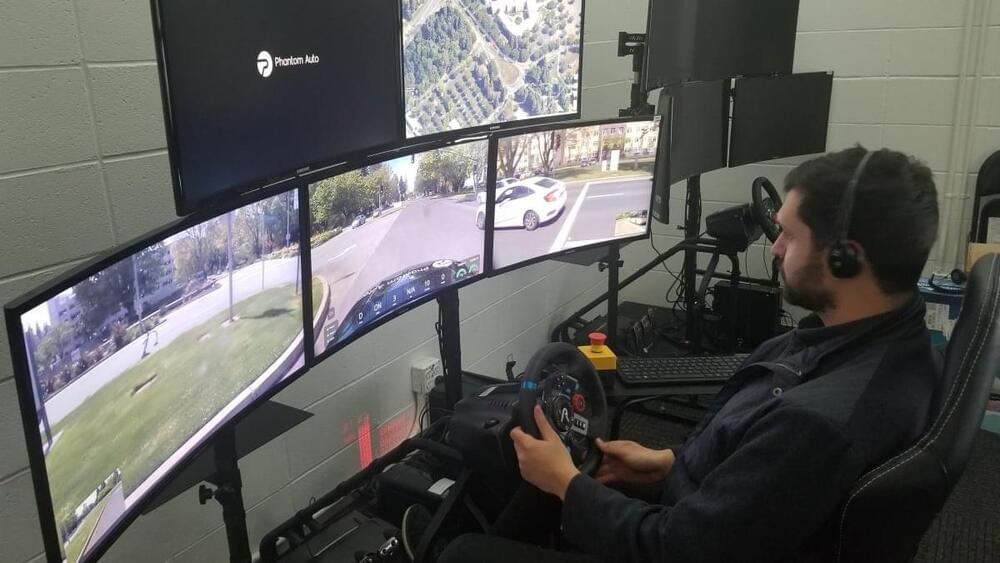
The exit ramp is a long, curving slope, and you have to make sure the 50-foot big rig you’re driving carefully navigates the bend and doesn’t fly out of control at a high speed.
But the thing is, you’re not actually there. You’re in a room in Silicon Valley, watching the ramp unfold in front of you on several screens. That heavy load you’re carrying is thousands of miles away in Florida.
Welcome to teleoperated driving, or remote-controlled driving with a human in front of a steering wheel, brake, and gas pedals, and a “windshield” plastered with monitors. It’s a method that allows autonomous vehicles to operate without anyone inside. Instead, there’s a watchful remote driver, or operator,… More.
Driving a truck is really hard, Seltz-Axmacher admits. Doing it through remote control is maybe just as difficult, until you’ve had enough training. After attempting to remotely back up a 50-foot long trailer between two parked trucks, for instance, he said he returned to the professional truckers with his tail between his legs. On the flip side, long-time truck drivers still require practice for remote control driving and go through one-week trainings to get used to operating a truck from in front of a monitor instead of the road.
Phantom operator McCarter finds remote driving similar to traditional driving, since both are high-focus tasks. In the case of teleoperating, McCarter is only monitoring the situation. He says his actual driving sessions are usually shorter, popping in to solve an “edge case” — like if an autonomous delivery robot encounters an unexpected construction crew fixing a pothole. Then McCarter, who has been monitoring the ride, is alerted and he can jump in, get around the construction site, and hand the reins back to the autonomous bot.
Remote-controlled vehicles might also help us get used to autonomy. A Capgemini study (opens in a new tab) on autonomous car perceptions from last month found that about half of consumers trust self-driving cars to run errands for them or pick up and drop off friends and family members. Just under 50 percent of more than 5,500 consumers surveyed said self-driving cars invoke “fear.” It’s comforting knowing there’s a human right there who can take over, even if they’re miles away.
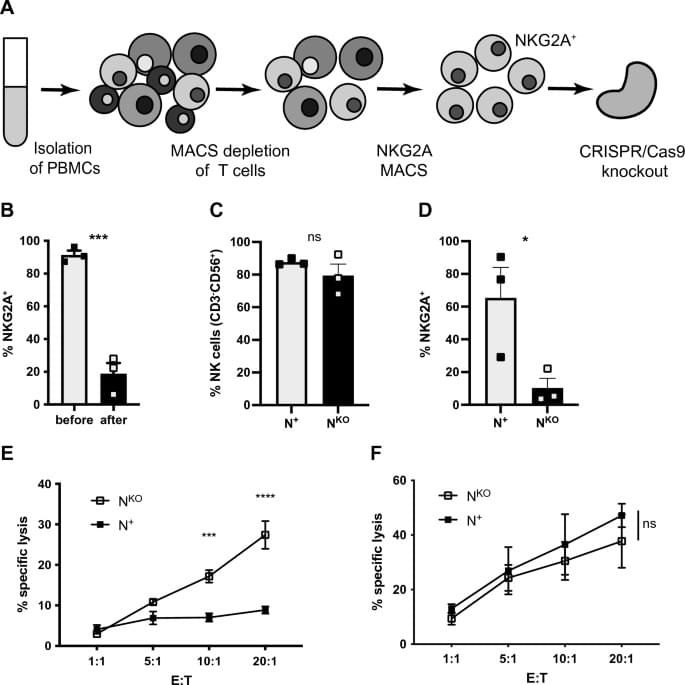
Human natural killer (NK) cells are cytotoxic effector cells that are increasingly harnessed in cancer immunotherapy. NKG2A/CD94 is an inhibitory receptor on NK cells that has established regulatory functions in the direct interaction with target cells when engaged with its ligand, the non-classical HLA class I molecule HLA-E. Here, we confirmed NKG2A as a checkpoint molecule in primary human NK cells and identified a novel role for NKG2A in maintaining NK cell expansion capacity by dampening both proliferative activity and excessive activation-induced cell death. Maintenance of NK cell expansion capacity might contribute to the preferential accumulation of human NKG2A+ NK cells after hematopoietic cell transplantation and enrichment of functionally impaired NK cells in human cancers. Functional silencing of NKG2A for cancer immunotherapy is highly attractive but will need to consider that this might also lead to a reduced survival by driving activation-induced cell death in targeted NK cells.
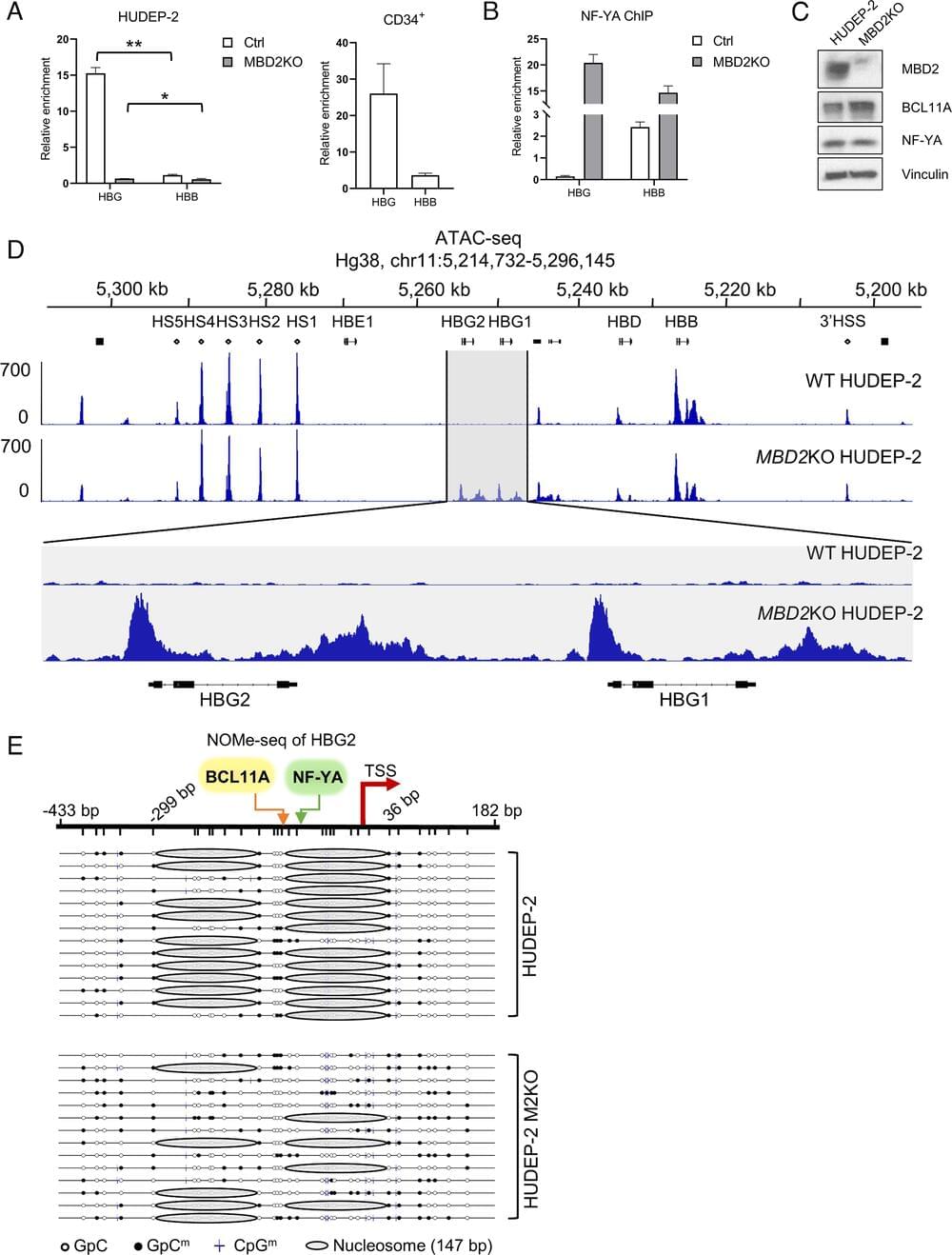
Reversal of fetal hemoglobin (HbF) silencing can ameliorate the effects of sickle cell anemia. Despite available gene therapy and stem cell transplantation modalities, the majority of affected patients worldwide will not have access to these in the near future. Thus, there is a need for safe and effective small-molecule therapeutics. We report here that stable occupancy of a major HbF silencing complex containing BCL11A, MBD2a–NURD, and PRMT5 and exclusion of the transcriptional activator NF-Y at the γ-globin gene promoter require specific features of MBD2a. These results provide a unified model for the relationships between the previously reported HbF silencers MBD2–NuRD, BCL11A, DNA methylation, and PRMT5 that may facilitate development of therapeutic agents to reverse HbF silencing.
During human development, there is a switch in the erythroid compartment at birth that results in silencing of expression of fetal hemoglobin (HbF). Reversal of this silencing has been shown to be effective in overcoming the pathophysiologic defect in sickle cell anemia. Among the many transcription factors and epigenetic effectors that are known to mediate HbF silencing, two of the most potent are BCL11A and MBD2–NuRD. In this report, we present direct evidence that MBD2–NuRD occupies the γ-globin gene promoter in adult erythroid cells and positions a nucleosome there that results in a closed chromatin conformation that prevents binding of the transcriptional activator, NF-Y. We show that the specific isoform, MBD2a, is required for the formation and stable occupancy of this repressor complex that includes BCL11A, MBD2a–NuRD, and the arginine methyltransferase, PRMT5. The methyl cytosine binding preference and the arginine-rich (GR) domain of MBD2a are required for high affinity binding to methylated γ-globin gene proximal promoter DNA sequences. Mutation of the methyl cytosine–binding domain (MBD) of MBD2 results in a variable but consistent loss of γ-globin gene silencing, in support of the importance of promoter methylation. The GR domain of MBD2a is also required for recruitment of PRMT5, which in turn results in placement of the repressive chromatin mark H3K8me2s at the promoter. These findings support a unified model that integrates the respective roles of BCL11A, MBD2a–NuRD, PRMT5, and DNA methylation in HbF silencing.

It found that consciousness may emerge from a grid-like interconnection of neurons at the back of the head.
Launched in 2019, the $20 million project, COGITATE, sought to explore an age-old question: how does consciousness arise? The “outlandish” project threw the field into a tizzy for its audacity. But it set up a fair fight: the teams collaborated on specific experiment designs, published them online, and pre-registered predicted results based on each of their championed theories.
Human brain scan data was then collected from six theory-neutral labs around the world, with the results judged by three experts with no money in the game to see how well the measured results matched predicted ones.
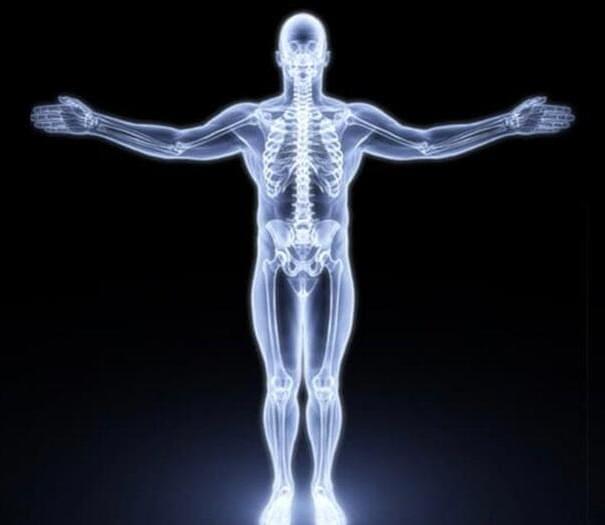
75 years after Erwin Schrödinger’s prescient description of something like DNA, we still don’t know the ‘laws of life.’
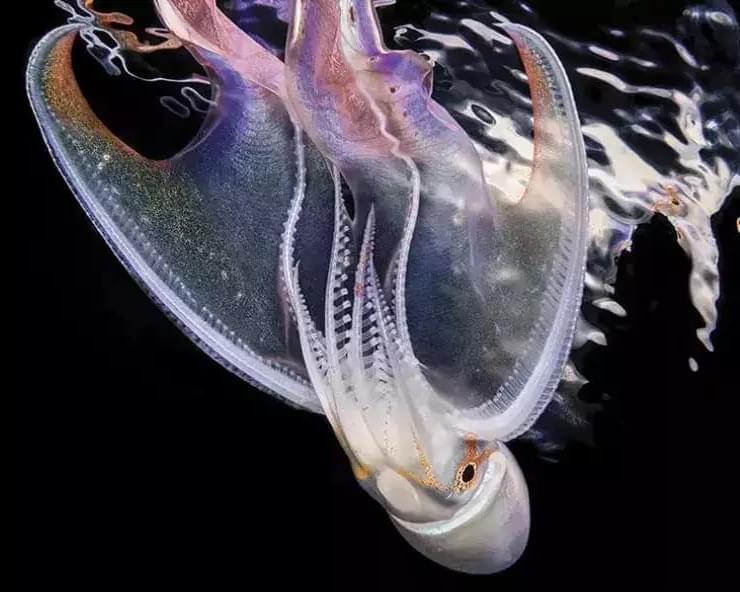
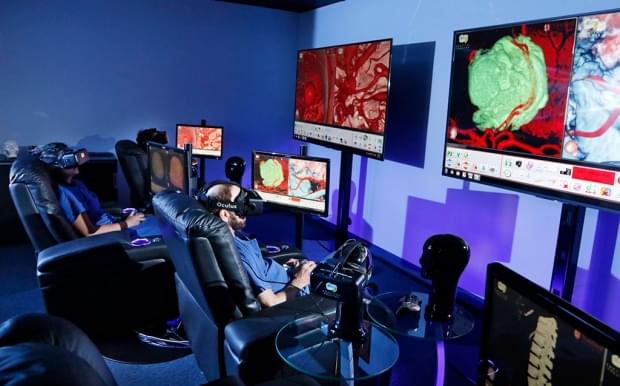
Having undergone two aneurysm surgeries, Sandi Rodoni thought she understood everything about the procedure. But when it came time for her third surgery, the Watsonville, California, resident was treated to a virtual reality trip inside her own brain.
Stanford Medicine is using a new software system that combines imaging from MRIs, CT scans and angiograms to create a three-dimensional model that physicians and patients can see and manipulate — just like a virtual reality game.
